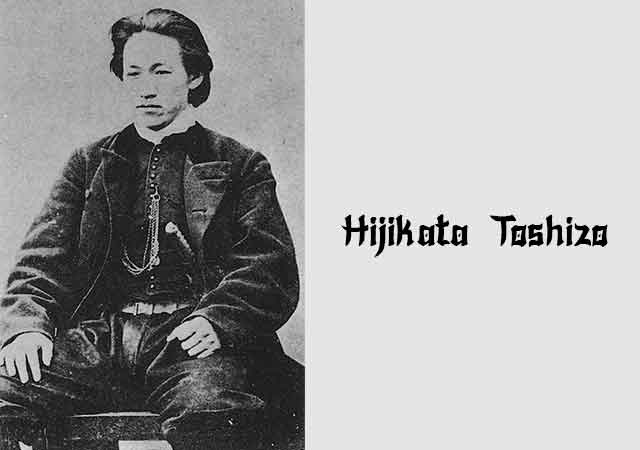
Hijikata Toshizo, the Vice Commander of the notorious Shinsengumi, was born on May 31, 1835, in Hino, present-day Tokyo. Orphaned at a young age, he was raised by his elder brother and sister-in-law after his father, a prosperous farmer, passed away just prior to Hijikata's sixth birthday. Sadly, his mother also passed away a few years later. In time, he would take up the role of a salesperson for his family's medicinal products and remedies.
Though self-taught in the art of swordsmanship, Hijikata later honed his skills at the Tennen Rishin Ryu school's dojo in Hino. It was here that he crossed paths with Kondo Isami, who would later become the commander of the Shinsengumi, a special police force established to safeguard the shogun from anti-bakufu movements.
The inception of the Shinsengumi involved Kondo Isami, Serizawa Kamo, Niimi Nishiki, and Hijikata, who served as the deputy leader. Unfortunately, due to the unruly behavior of Serizawa and Niimi—extortion from Kyoto's merchants, reckless indulgence in drinking, gambling, and brawling—the Shinsengumi garnered a reputation as a band of rogue ruffians. Hijikata was the one who ordered Niimi to commit seppuku for his transgressions, while Serizawa met his end through assassination.
Following these events, Kondo Isami assumed command of the Shinsengumi, with Hijikata Toshizo and Yamanami Keisuke as his vice-commanders. Their ranks swelled to 140 members. It seemed Hijikata assumed a role akin to a policing force within the already established police force, ensuring strict adherence to Shinsengumi regulations. Traitors and deserters were made to commit seppuku, while any transgressors faced severe punishment. His unwavering dedication earned him the moniker "Oni-no-Fukucho," or the Devil Vice Commander.
In May 1868, Hijikata assumed leadership of the Shinsengumi when Kondo Isami surrendered to Imperial forces and met his end. Despite his belief in the slim chances of the Tokugawa restoration, Hijikata continued to fight for their cause, leading his men to Aizu and later Sendai. Subsequently, he became the Vice Minister for Military Affairs in the newly formed Ezo Republic, taking charge of the star-shaped fortress, Goryokaku, in Hakodate, Hokkaido in October 1868.
Hijikata Toshizo passed away at the age of 34 while fighting in the Battle of Hakodate. He was fatally struck in the lower spine while mounted and met his end on June 20, 1869, a mere week before the fall of Goryokaku to the Imperial Army and the subsequent surrender of the Ezo Republic to the Meiji Government. The location of his final resting place remains unknown.
See also
-
Yamagata Masakage
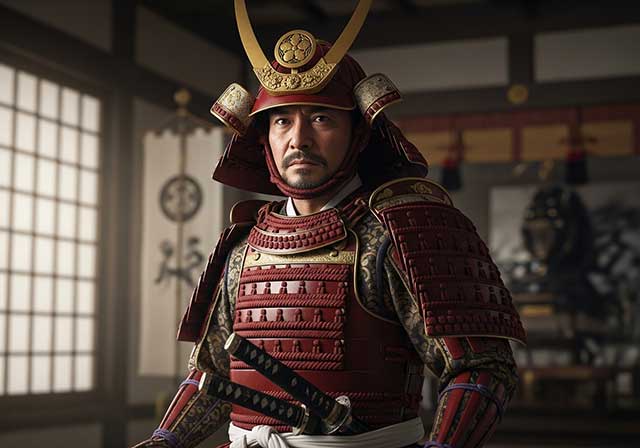
Masakage was one of Takeda Shingen’s most loyal and capable commanders. He was included in the famous list of the “Twenty-Four Generals of Takeda Shingen” and also belonged to the inner circle of four especially trusted warlords known as the Shitennō.
-
Yagyu Munenori
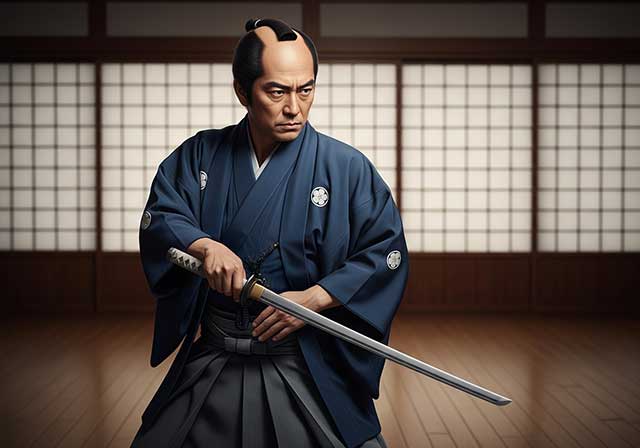
Yagyū Munenori began his service under Tokugawa Ieyasu while his father, Yagyū Muneyoshi, was still at his side. In 1600, Munenori took part in the decisive Battle of Sekigahara. As early as 1601, he was appointed a kenjutsu instructor to Tokugawa Hidetada, Ieyasu’s son, who later became the second shogun of the Tokugawa clan.
-
Yagyu Muneyoshi
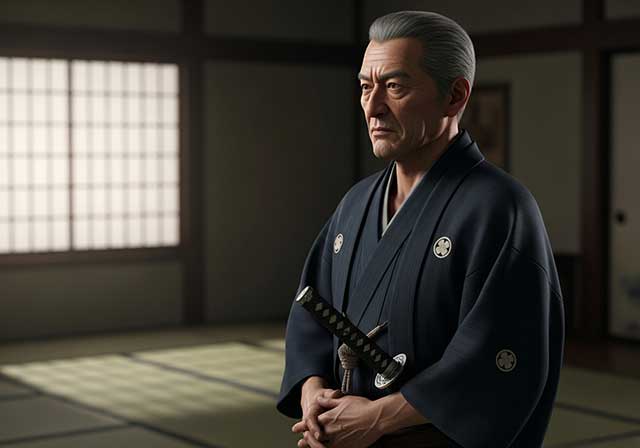
A samurai from Yamato Province, he was born into a family that had been defeated in its struggle against the Tsutsui clan. Muneyoshi first took part in battle at the age of sixteen. Due to circumstances beyond his control, he was forced to enter the service of the Tsutsui house and later served Miyoshi Tōkei. He subsequently came under the command of Matsunaga Hisahide and in time became a vassal first of Oda and later of Toyotomi.
-
Endo Naozune
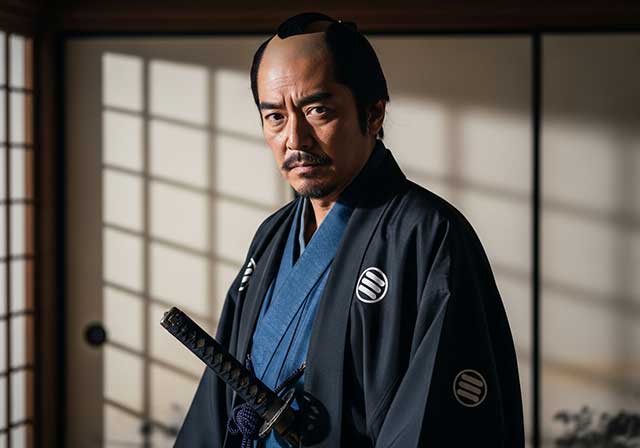
Naozune served under Azai Nagamasa and was one of the clan’s leading vassals, renowned for his bravery and determination. He accompanied Nagamasa during his first meeting with Oda Nobunaga and at that time asked for permission to kill Nobunaga, fearing him as an extremely dangerous man; however, Nagamasa did not grant this request.
-
Hosokawa Sumimoto
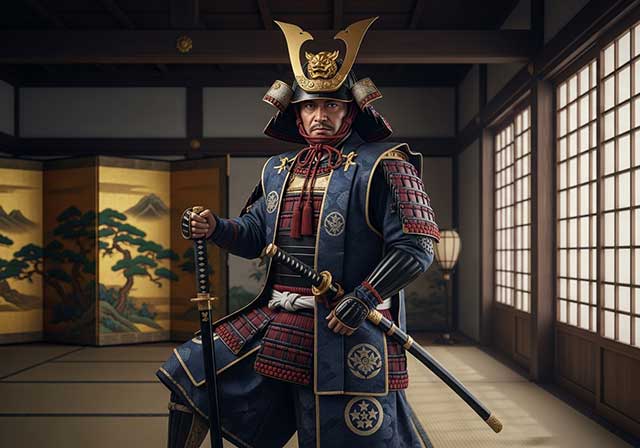
Sumimoto came from the Hosokawa clan: he was the biological son of Hosokawa Yoshiharu and at the same time the adopted son of Hosokawa Masamoto, the heir of Hosokawa Katsumoto, one of the principal instigators of the Ōnin War. Masamoto was homosexual, never married, and had no children of his own. At first he adopted Sumiyuki, a scion of the aristocratic Kujō family, but this choice provoked dissatisfaction and sharp criticism from the senior vassals of the Hosokawa house. As a result, Masamoto changed his decision and proclaimed Sumimoto as his heir, a representative of a collateral branch of the Hosokawa clan that had long been based in Awa Province on the island of Shikoku. Almost immediately after this, the boy became entangled in a complex and bitter web of political intrigue.
-
Honda Masanobu
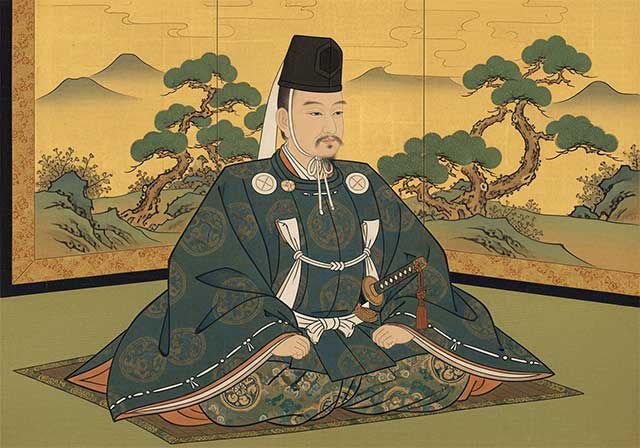
Masanobu initially belonged to the retinue of Tokugawa Ieyasu, but later entered the service of Sakai Shōgen, a daimyo and priest from Ueno. This shift automatically made him an enemy of Ieyasu, who was engaged in conflict with the Ikkō-ikki movement in Mikawa Province. After the Ikkō-ikki were defeated in 1564, Masanobu was forced to flee, but in time he returned and once again entered Ieyasu’s service. He did not gain fame as a military commander due to a wound sustained in his youth; nevertheless, over the following fifty years he consistently remained loyal to Ieyasu.
-
Honda Masazumi
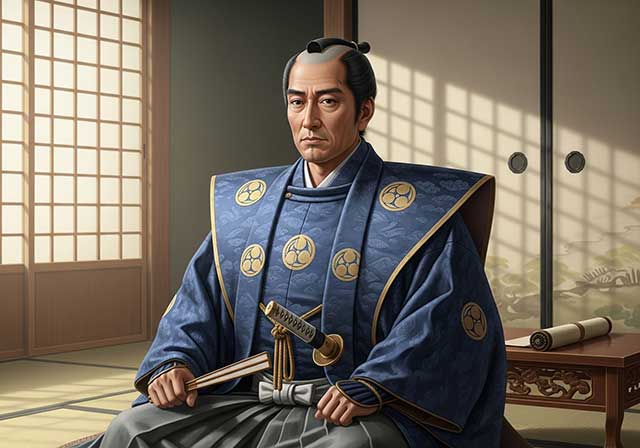
Masazumi was the eldest son of Honda Masanobu. From a young age, he served Tokugawa Ieyasu alongside his father, taking part in the affairs of the Tokugawa house and gradually gaining experience in both military and administrative matters. At the decisive Battle of Sekigahara in 1600, Masazumi was part of the core Tokugawa forces, a clear sign of the high level of trust Ieyasu placed in him. After the campaign ended, he was given a highly sensitive assignment—serving in the guard of the defeated Ishida Mitsunari, one of Tokugawa’s principal enemies—an obligation that required exceptional reliability and caution.
-
Hojo Shigetoki
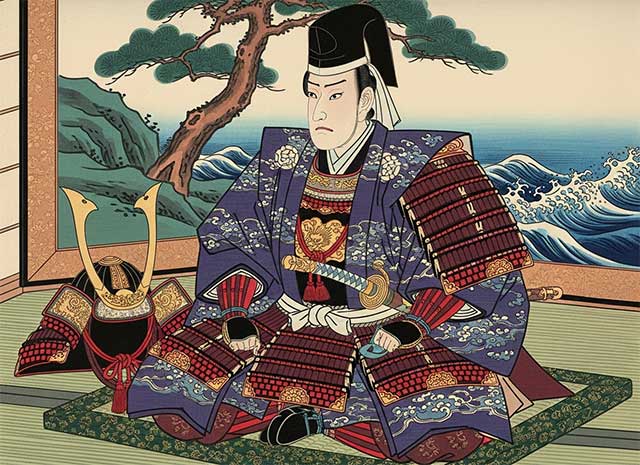
Hōjō Shigetoki, the third son of Hōjō Yoshitoki, was still very young—only five years old—when his grandfather Tokimasa became the first member of the Hōjō clan to assume the position of shogunal regent.

